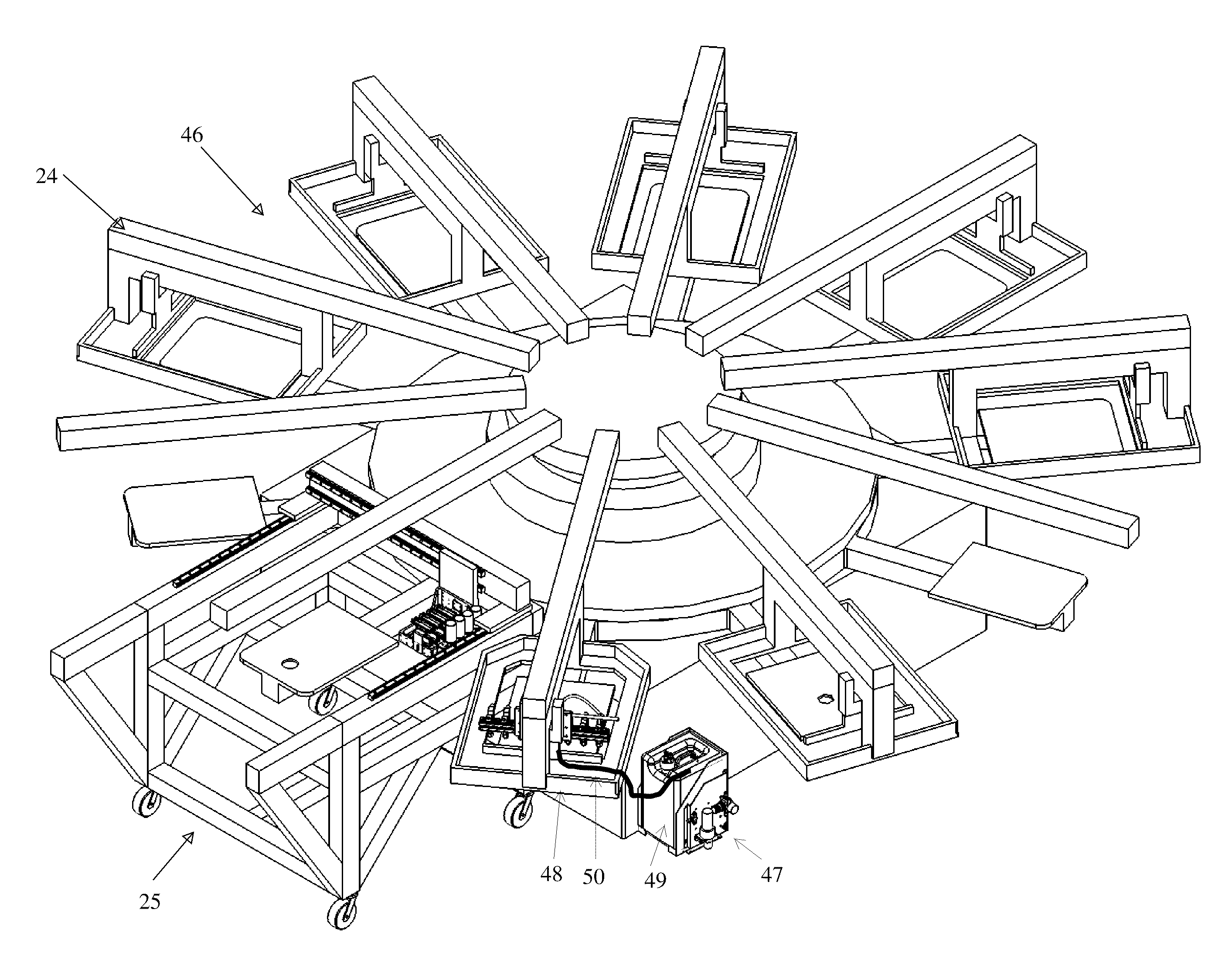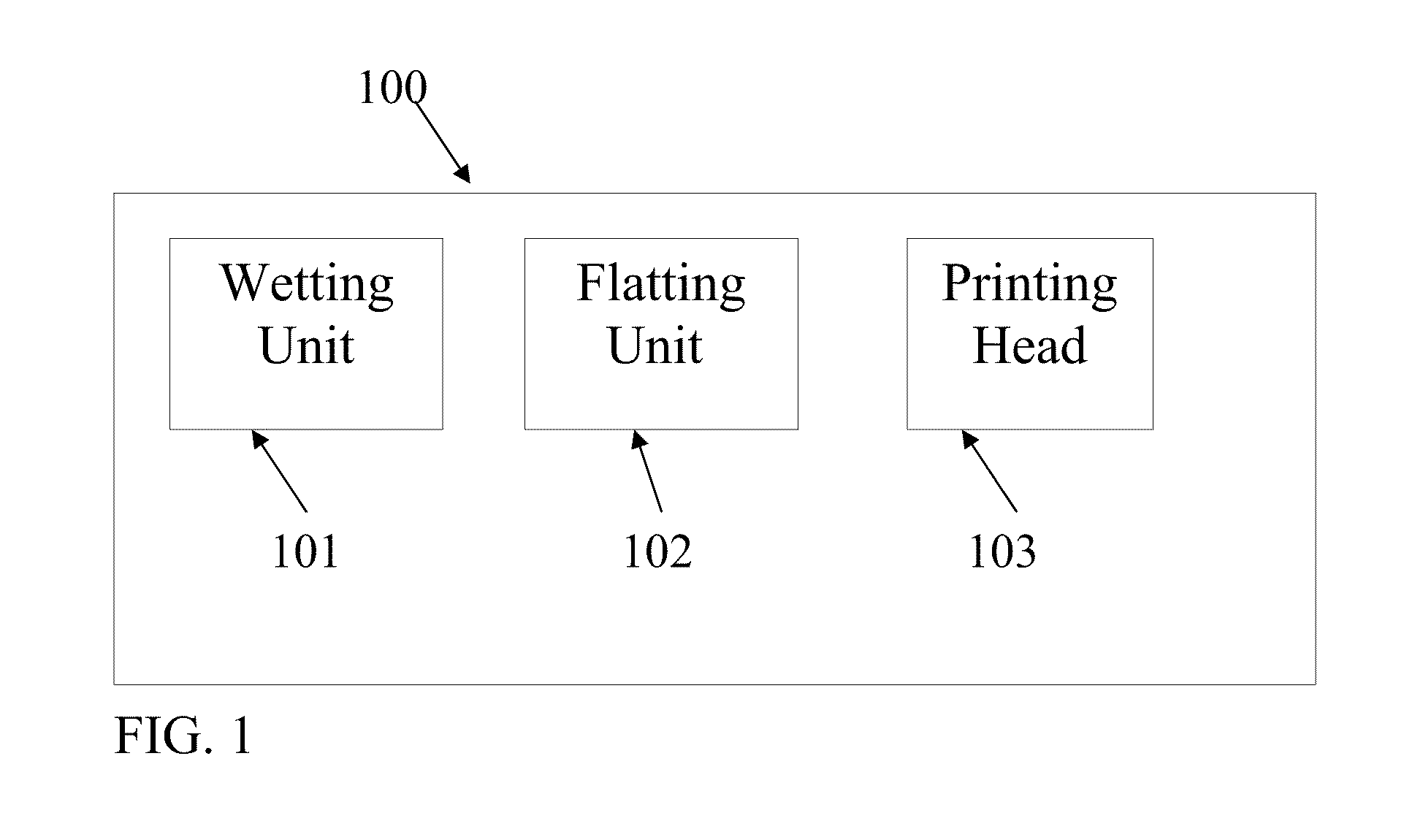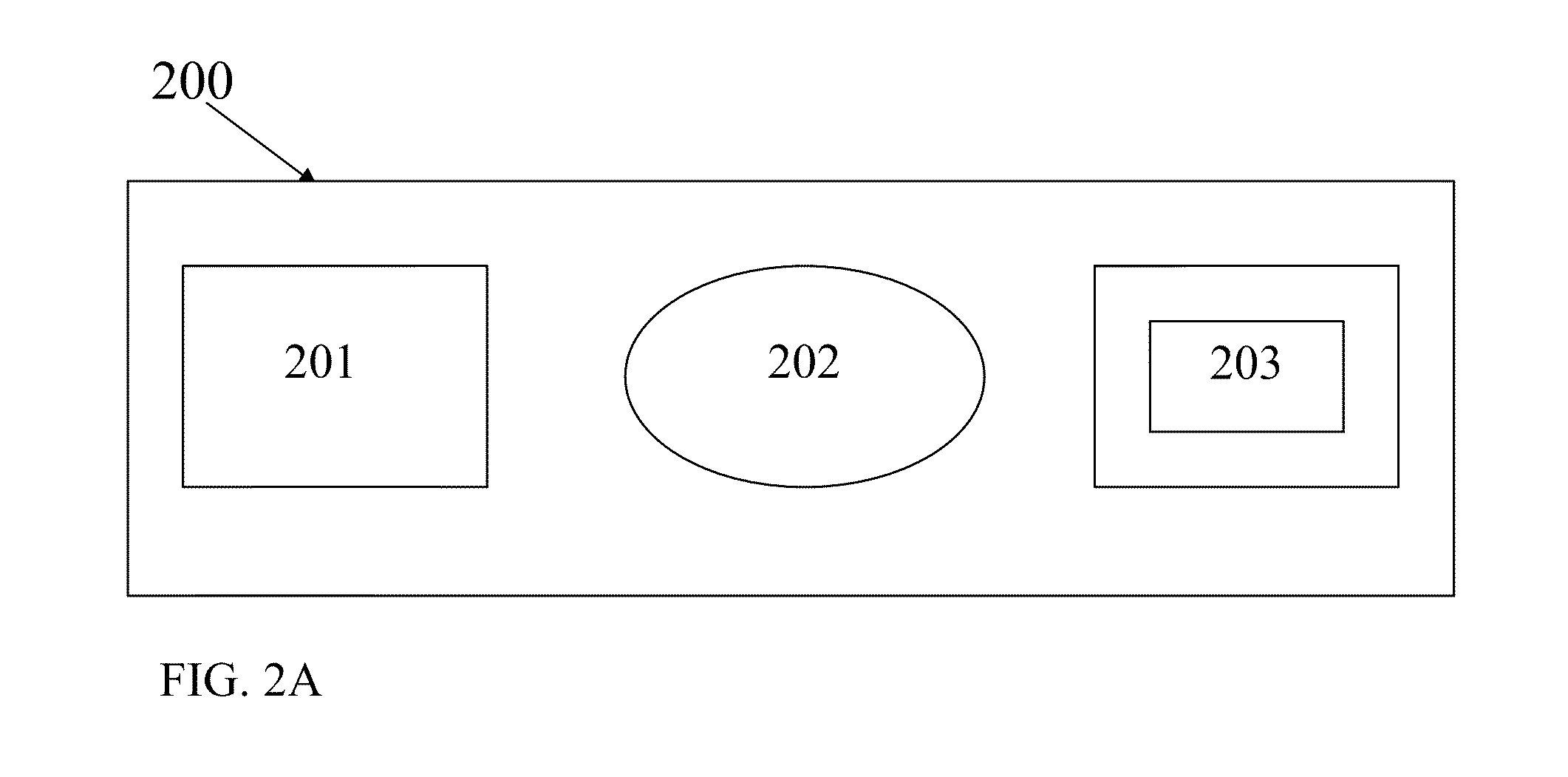Inkjet compositions and processes for stretchable substrates
a technology of compositions and processes, applied in the field ofinkjet printing techniques, can solve the problems of far more challenging fabric absorbability
- Summary
- Abstract
- Description
- Claims
- Application Information
AI Technical Summary
Benefits of technology
Problems solved by technology
Method used
Image
Examples
example 1
[0377]The effect of the concomitant application of an immobilizing part and an opaque white underbase part of an ink composition, using the process according to some embodiments of the present invention, was demonstrated by printing a layer of an opaque white pigment directly on a black T-shirt made of 100% cotton. Three tests were run, comparing the results of a single part white ink composition, a white ink composition printed on a black cloth after being wetted with a wetting composition as disclosed in WO 2005 / 115089, and a two-part ink composition having an immobilization part and a white colored part.
[0378]The formulation and attributes of the first part of the ink composition (the immobilization part which contains the property-adjusting agent) is presented below in Table 1, the wetting composition in Table 2 and the white colored part in Table 3.
TABLE 1Immobilization PartProperty-adjusting lactic acid 9%Ammonia (for buffering the acid) 3%A mixture of propylene glycol, diet...
example 2
[0384]The effect of the concomitant application of an immobilizing part, an opaque white underbase part and a colored part of an ink composition, using the process described in Example 1 hereinabove, was demonstrated on a black T-shirt made of 100% cotton.
[0385]The formulations of the immobilization and underbase parts were the same as presented in Example 1 hereinabove. The formulation of the colored part is presented in Table 5 below.
TABLE 5Colored (CMYK) partCabbojet 260 series (20% pigment in water and 12%property-sensitive dispersant)Dispex A40 (as property-sensitive proto-elastomeric1-2%film-forming acrylic dispersant)Acticide MBS (as bacteriocide / fungicide)0.10%Propylene glycol, diethylene glycol, glycerine and 35%mono-ethylene glycol (humectant)Cymel 303 (Melamine, amino resin crosslinking agent) 3%Nacure X49-110 (blocked acid catalyst) 1%Diethanolamine (buffering agent)0.40%BYK 031 (defoamer) 0.2%Proprietary acrylic emulsion (as property-sensitive 25%proto-elastomeric ...
example 3
[0389]The effect of the concomitant application of an immobilizing part, an opaque white underbase part and a colored part of an ink composition, using the process described herein, was demonstrated on a white T-shirt made of 100% cotton.
[0390]The formulations of the immobilization, colored and underbase parts were the same as presented in Examples 1 and 2 hereinabove.
[0391]FIGS. 14A-C present color photographs of three untreated white 100% cotton textile pieces having colored pattern as printed on a black fabric presented in Example 2 hereinabove.
[0392]FIG. 14A shows the results when the colored pigments were printed on the white fabric without any attempt to immobilize the ink before curing, showing a poor image with dull colors.
[0393]FIG. 14B shows the results when the colored pigments were printed after spraying the cloth with a wetting composition (as disclosed in WO 2005 / 115089) based on 2% acetic acid and 0.1% BYK 348 (used as a wetting agent) in tap water, showing mediocre r...
PUM
| Property | Measurement | Unit |
|---|---|---|
| Tg | aaaaa | aaaaa |
| time | aaaaa | aaaaa |
| time | aaaaa | aaaaa |
Abstract
Description
Claims
Application Information
 Login to View More
Login to View More - R&D
- Intellectual Property
- Life Sciences
- Materials
- Tech Scout
- Unparalleled Data Quality
- Higher Quality Content
- 60% Fewer Hallucinations
Browse by: Latest US Patents, China's latest patents, Technical Efficacy Thesaurus, Application Domain, Technology Topic, Popular Technical Reports.
© 2025 PatSnap. All rights reserved.Legal|Privacy policy|Modern Slavery Act Transparency Statement|Sitemap|About US| Contact US: help@patsnap.com



